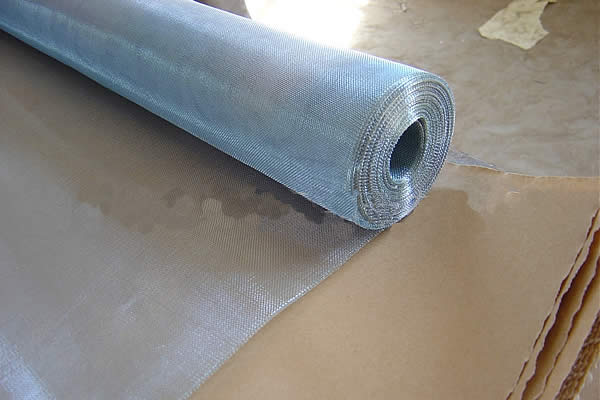 TEL:
+86-13102802206
TEL:
+86-13102802206
 Email:
fencenetting@china.com
Email:
fencenetting@china.com
 Language
Language
 TEL:
+86-13102802206
TEL:
+86-13102802206
 Email:
fencenetting@china.com
Email:
fencenetting@china.com
 Language
Language


Gabion Walls with Wood An Innovative Landscaping Solution
In recent years, the use of gabion walls in landscaping and civil engineering has gained traction due to their practicality and aesthetic appeal. Combining these stone-filled wire mesh structures with wood elements can create a distinct design that not only serves functional purposes but also enhances the visual quality of outdoor spaces. This article will explore the advantages of gabion walls with wood, their applications, and design considerations.
Understanding Gabion Walls
Gabion walls are constructed from a series of wire mesh cages filled with stones, gravel, or other materials. These structures offer excellent stability and can effectively manage soil erosion, provide support for steep slopes, and serve as noise barriers. The use of natural materials in gabion walls makes them environmentally friendly, as they blend seamlessly with the surrounding landscape. Additionally, gabion walls are highly customizable, allowing for various shapes and sizes to fit different site conditions.
Incorporating Wood into Gabion Designs
The integration of wood into gabion walls introduces a warm, organic feel to the design while maintaining the structural integrity of the wall. Wood can be used in several ways
1. Wooden Panels Placing wooden panels against the gabion wall can create a stunning contrast between the natural stones and the warm tones of timber. This combination is particularly appealing in residential settings, where a more inviting aesthetic is desired.
2. Tops and Coping Wooden caps can be added to the top of gabion walls, providing a finished look while serving as seating or decorative elements in gardens and patios. This adds functionality to the wall, allowing it to be used as a gathering space in outdoor areas.
3. Privacy Screens By integrating wooden slats or trellises with gabion walls, homeowners can create beautiful privacy screens that do not compromise airflow or light. Adding climbing plants to these wooden structures can enhance the natural ambiance, creating a harmonious blend of materials.
Benefits of Gabion Walls with Wood

1. Durability Gabion walls are known for their strength and resilience. When combined with treated wood, such as cedar or redwood, they can withstand the elements, ensuring long-lasting performance.
2. Eco-Friendliness Both gabions and wood can be sourced sustainably. Using local materials reduces transportation impacts, and the permeability of gabions allows for proper drainage, helping to maintain local ecosystems.
3. Aesthetic Appeal The unique combination of stone and wood creates an eye-catching design feature that can enhance property value and curb appeal. Whether used in residential gardens, parks, or commercial spaces, gabion walls with wood provide a distinctive visual layer.
4. Versatility Gabion walls can be adapted for various landscaping needs. They can be used in terracing, retaining walls, garden borders, and decorative features that elevate the overall design of outdoor spaces.
Design Considerations
When designing gabion walls with wood, several factors must be taken into account
- Material Selection Choosing high-quality, rot-resistant wood is crucial to ensure longevity. Treatment options should be considered to enhance durability against moisture and pests. - Site Conditions Evaluating soil type, drainage, and exposure to elements will guide the design process, ensuring stability and functionality.
- Weight Distribution Proper engineering is essential to ensure that the wall can support the weight of both the stones and the wooden elements without risking structural failure.
In conclusion, gabion walls combined with wood offer a remarkable solution for landscaping that balances functionality and aesthetics. By carefully considering design elements and using sustainable materials, homeowners and landscape designers can create stunning outdoor spaces that stand the test of time while showcasing the beauty of natural materials.